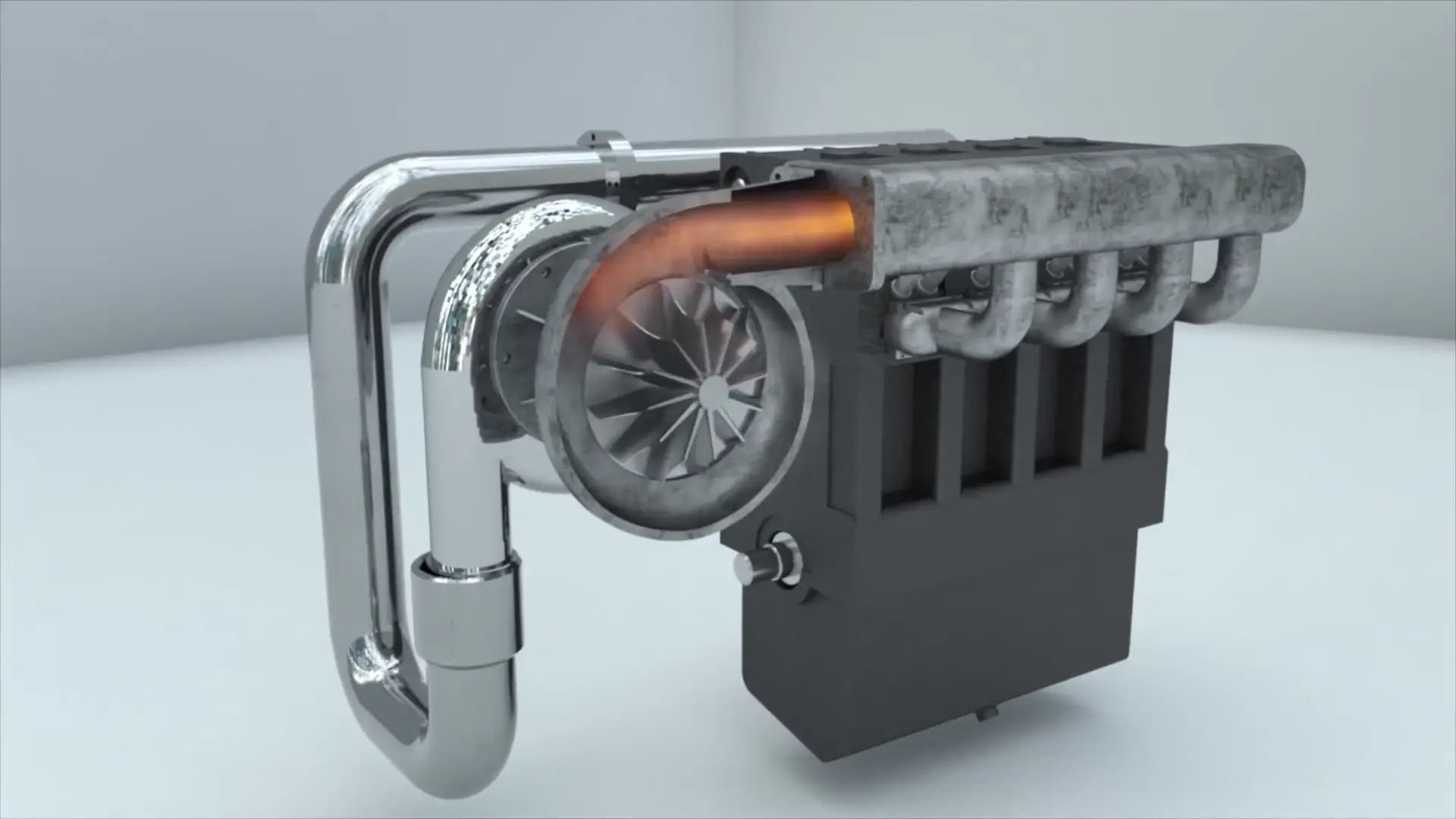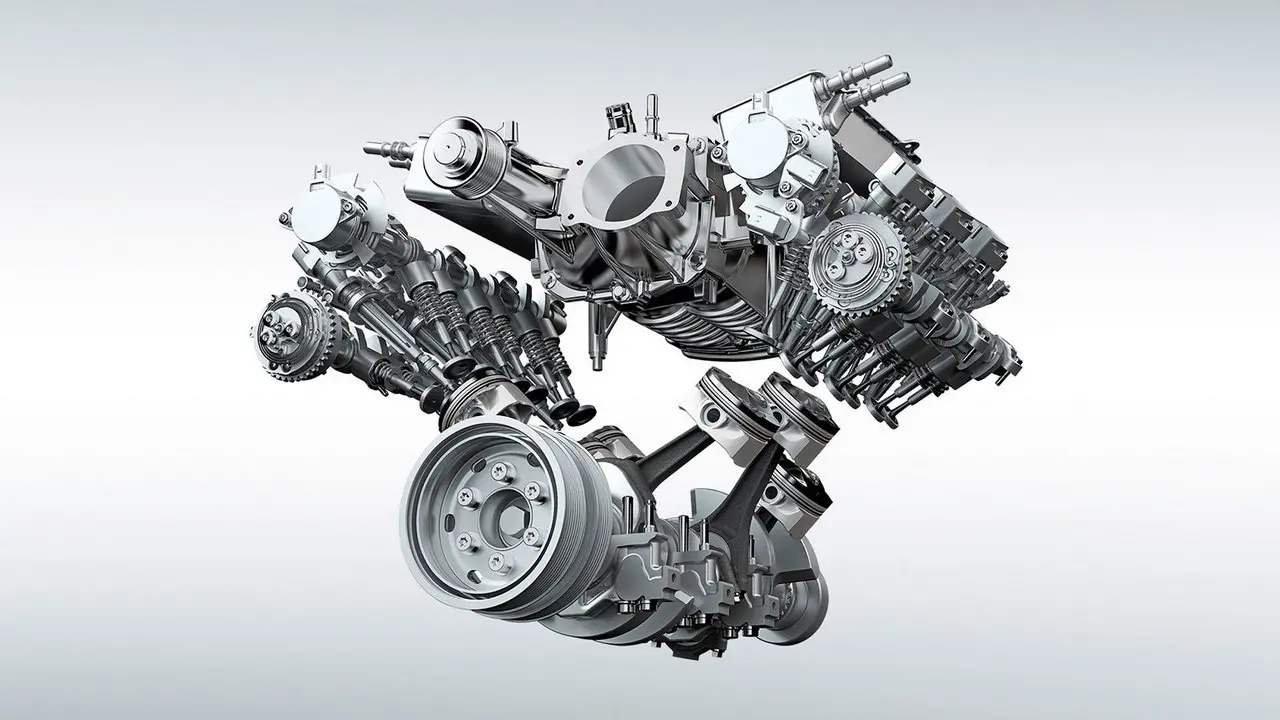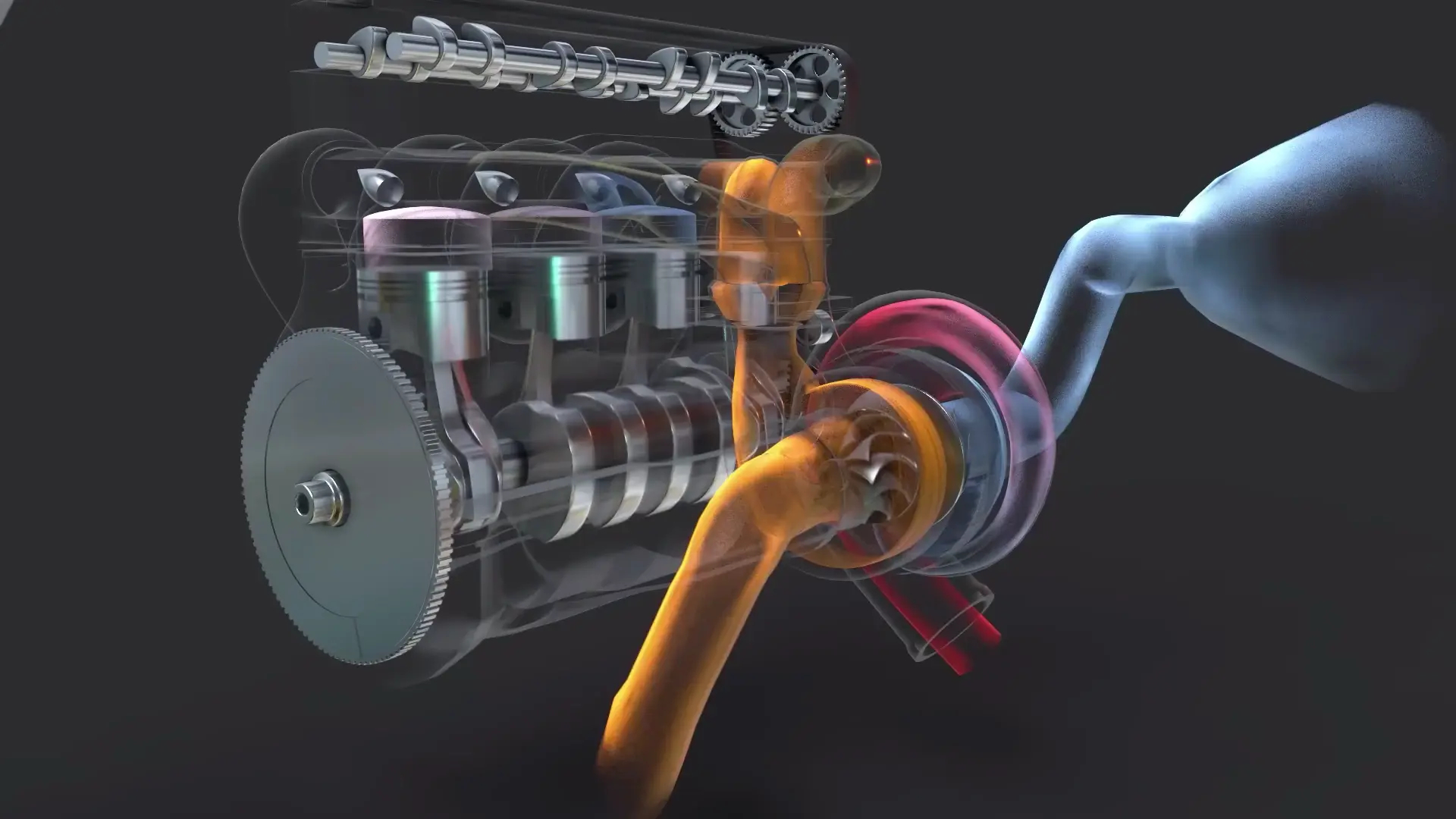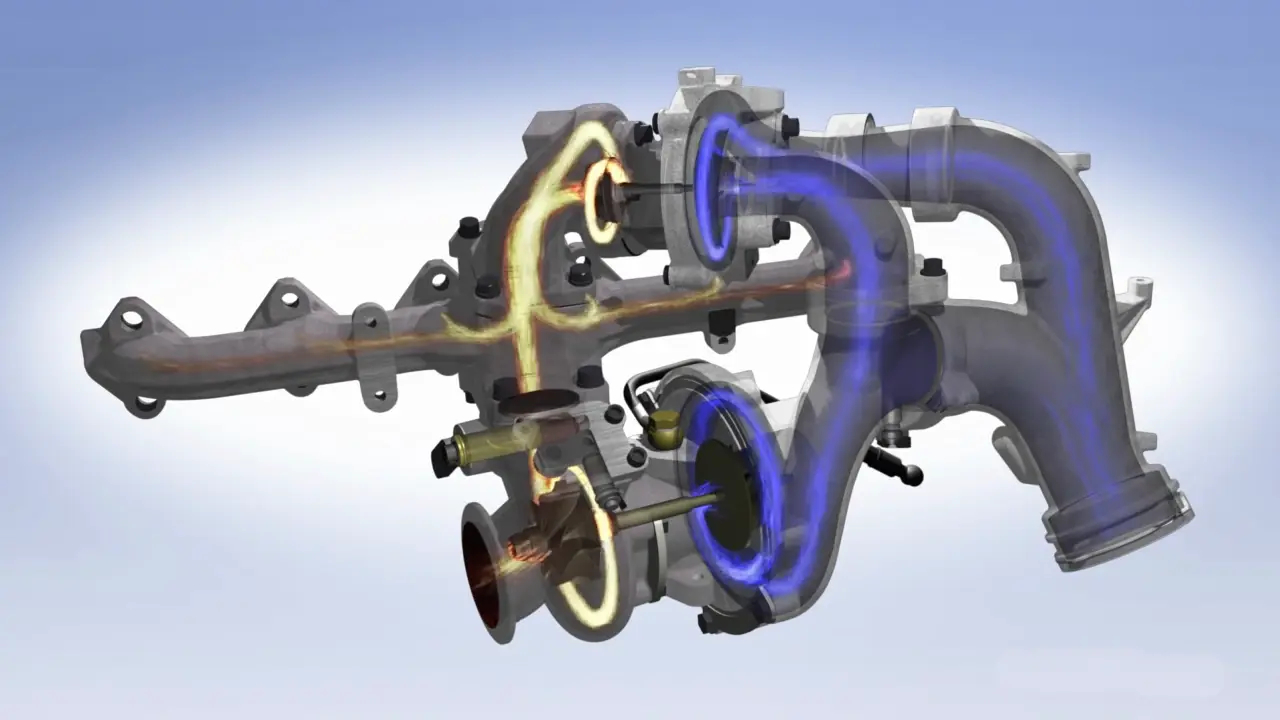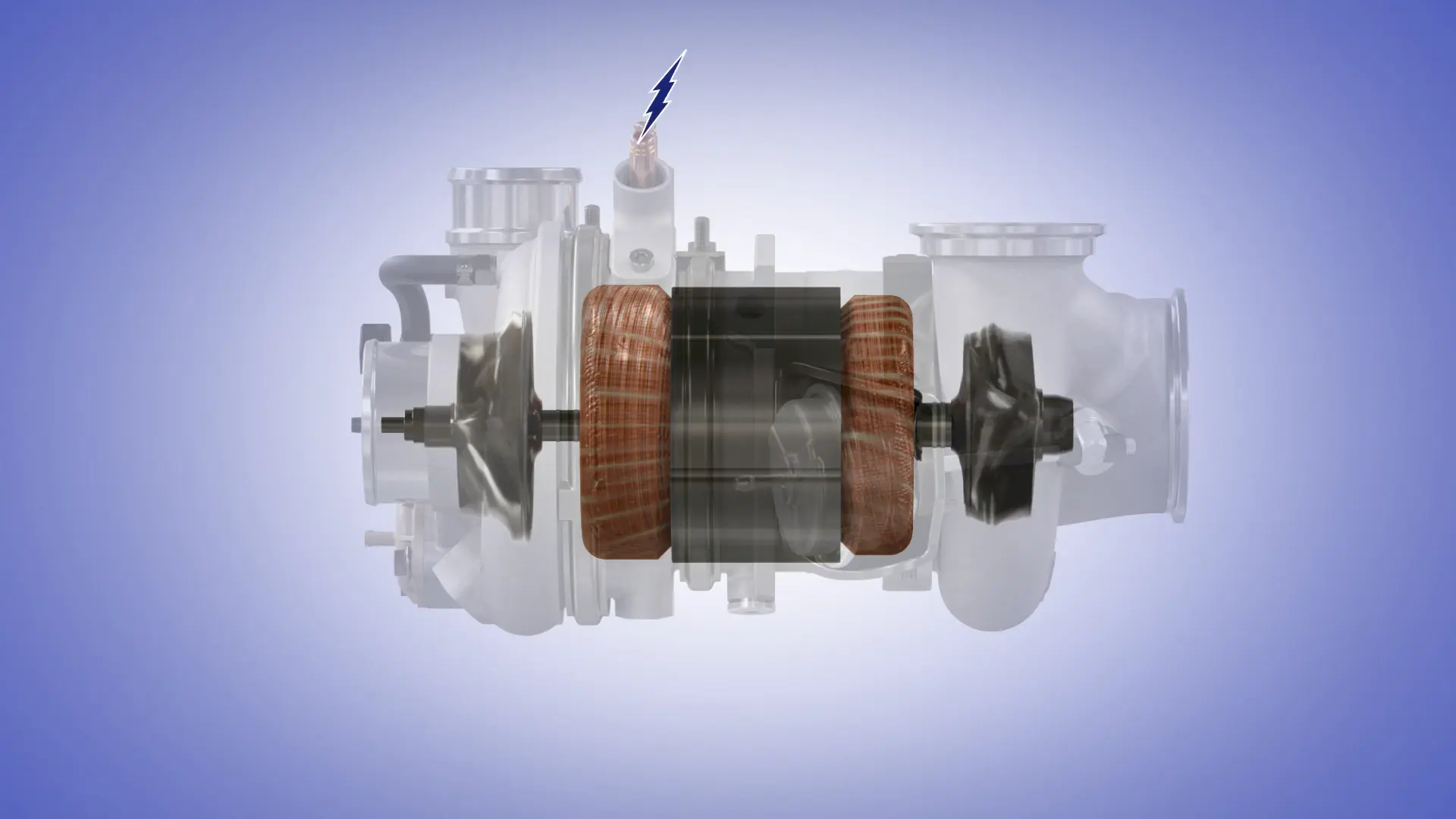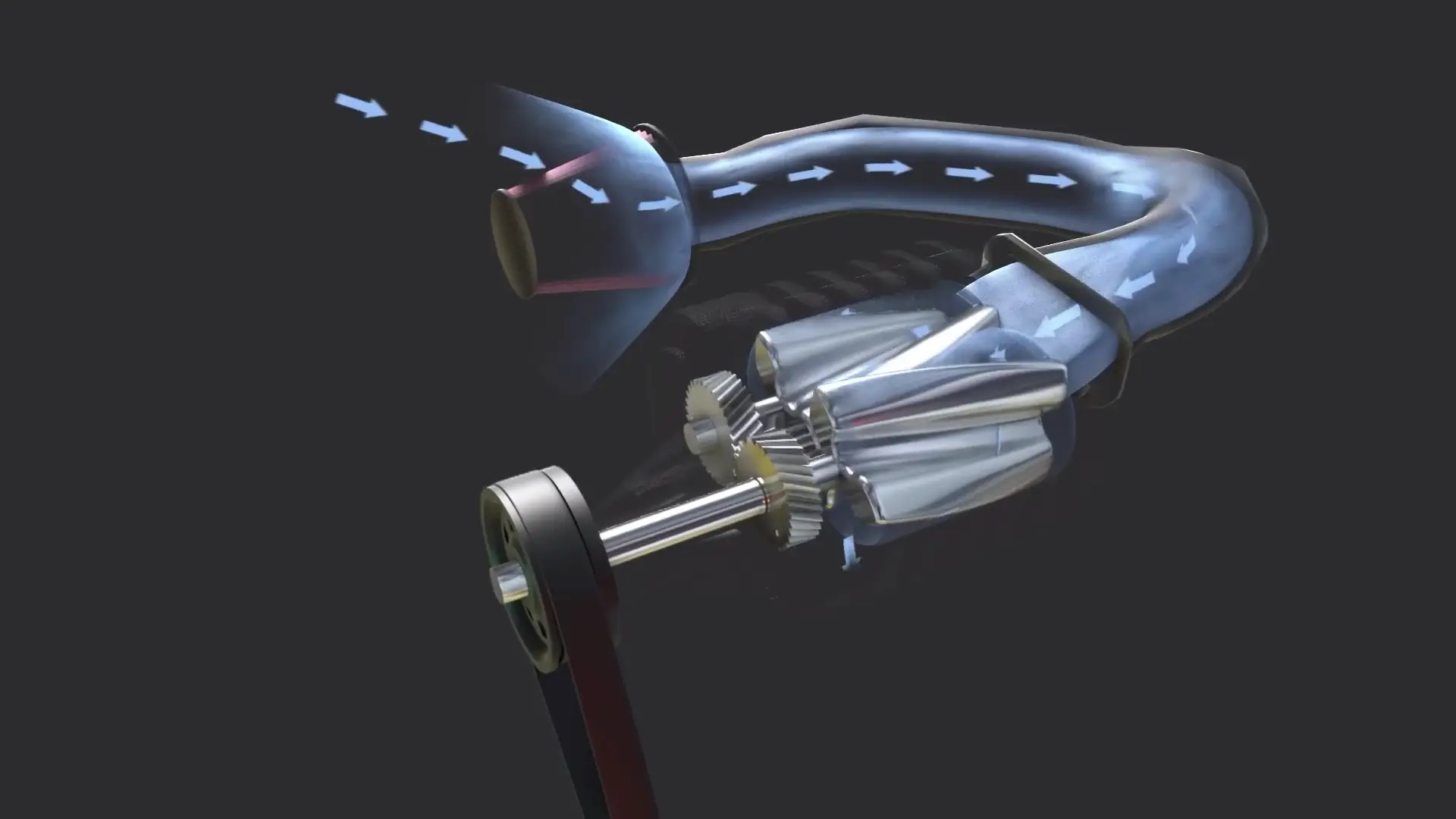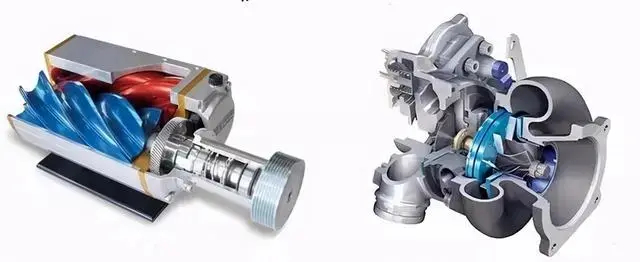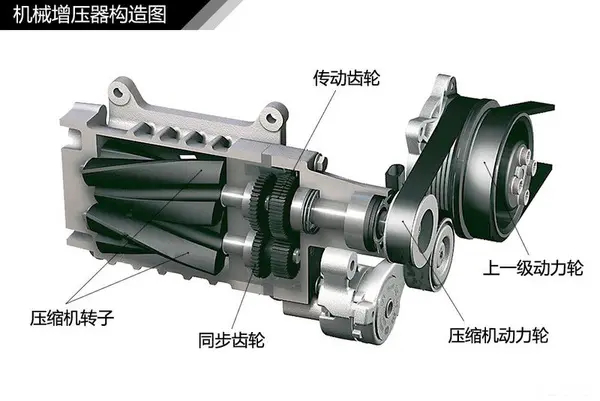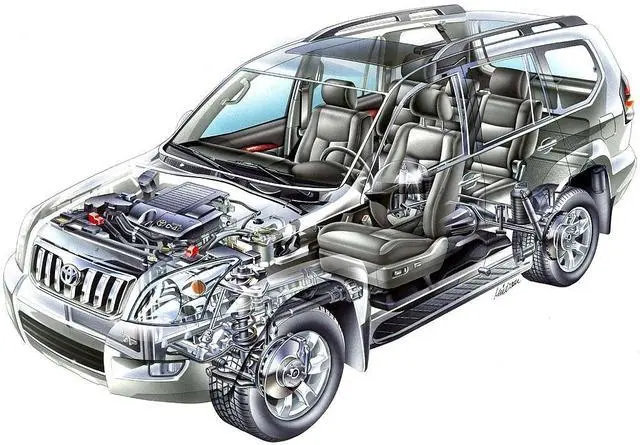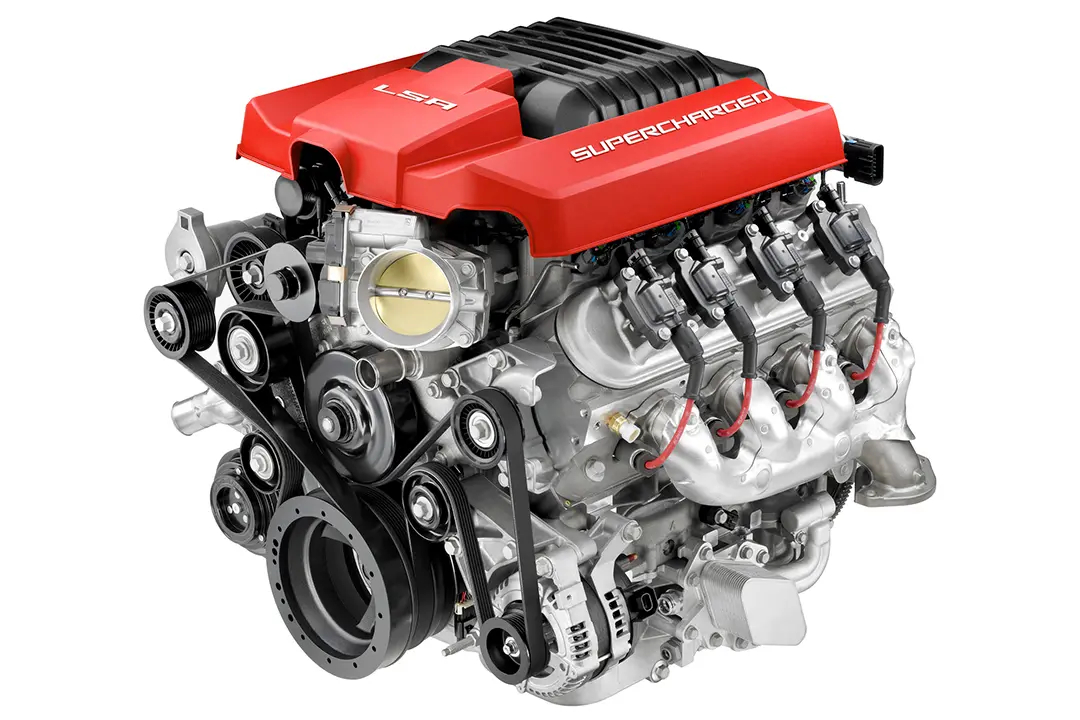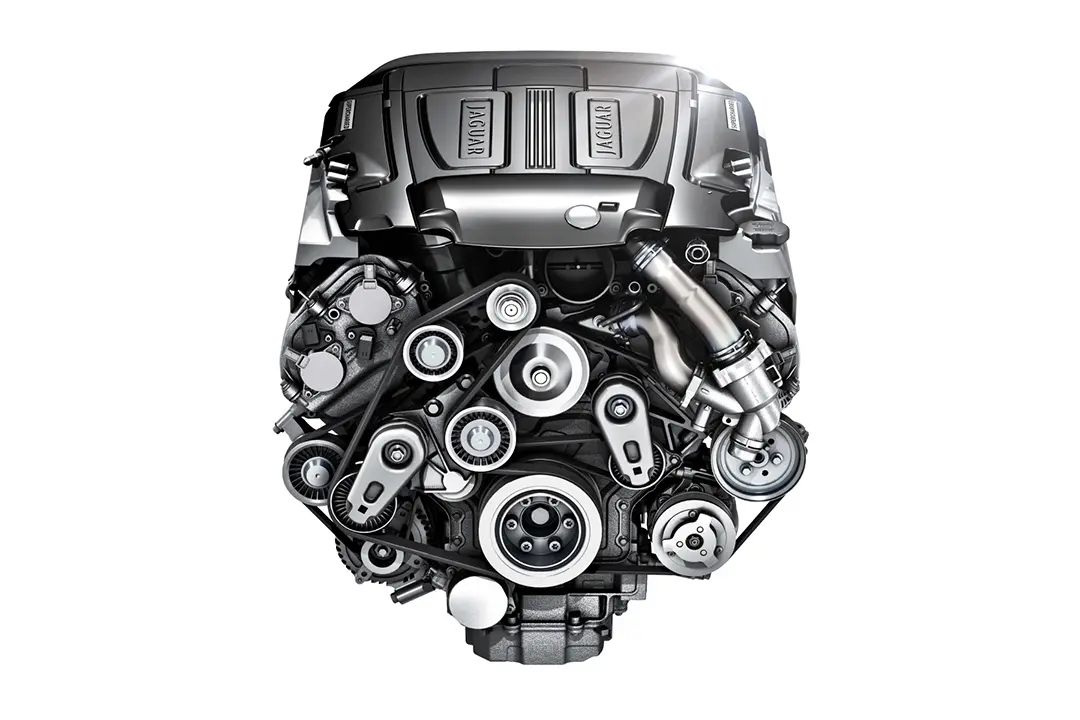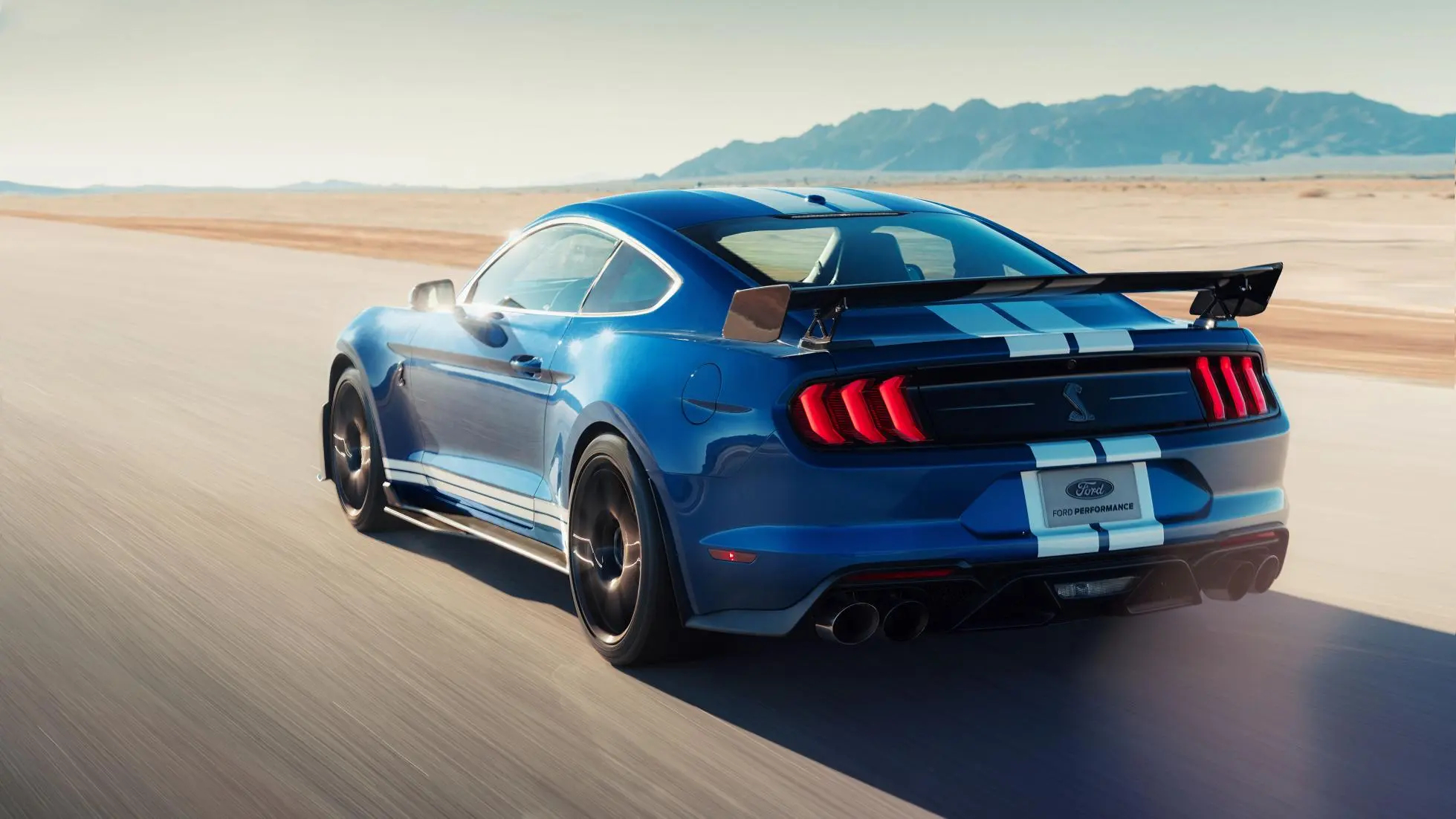When it comes to turbocharging technology, many car enthusiasts are familiar with its working principle. It uses the engine's exhaust gases to drive the turbine blades, which in turn drive the air compressor, increasing the engine's intake air. This ultimately improves the combustion efficiency and output power of the internal combustion engine.
Turbocharging technology allows modern internal combustion engines to achieve satisfying power output while reducing engine displacement and meeting emissions standards. As the technology has developed, various types of boosting systems have emerged, such as single turbo, twin-turbo, supercharging, and electric turbocharging.
Today, we're going to talk about the renowned supercharging technology.
Why does supercharging exist? The primary reason for the development of supercharging is to address the "turbo lag" issue commonly found in regular turbochargers. When the engine operates at low RPMs, the exhaust energy is insufficient to build positive pressure in the turbo, resulting in delayed acceleration and an uneven power delivery.
To solve this problem, automotive engineers came up with various solutions, such as equipping the engine with two turbos. The smaller turbo provides boost at low RPMs, and once the engine speed increases, it switches to the larger turbo for more power.
Some automakers have replaced traditional exhaust-driven turbochargers with electric turbos, which significantly improve the response time and eliminate lag, providing quicker and smoother acceleration.
Other automakers have connected the turbo directly to the engine, creating supercharging technology. This method ensures that the boost is delivered instantly, as it is mechanically driven by the engine, eliminating the lag associated with traditional turbos.
The once-glorious supercharging technology comes in three main types: Roots superchargers, Lysholm (or screw) superchargers, and centrifugal superchargers. In passenger vehicles, the vast majority of supercharging systems utilize the centrifugal supercharger design due to its efficiency and performance characteristics.
The principle of a centrifugal supercharger is similar to that of a traditional exhaust turbocharger, as both systems use spinning turbine blades to draw air into the compressor for boosting. However, the key difference is that, instead of relying on exhaust gases to drive the turbine, the centrifugal supercharger is powered directly by the engine itself. As long as the engine is running, the supercharger can consistently provide boost, without being limited by the amount of exhaust gas available. This effectively eliminates the "turbo lag" issue.
Back in the day, many automakers such as Mercedes-Benz, Audi, Land Rover, Volvo, Nissan, Volkswagen, and Toyota all introduced models with supercharging technology. However, it wasn't long before supercharging was largely abandoned, primarily for two reasons.
The first reason is that superchargers consume engine power. Since they are driven by the engine's crankshaft, they require a portion of the engine's own power to operate. This makes them suitable only for larger displacement engines, where the power loss is less noticeable.
For example, a V8 engine with a rated power of 400 horsepower can be boosted to 500 horsepower through supercharging. However, a 2.0L engine with 200 horsepower would struggle to reach 300 horsepower using a supercharger, as the power consumption by the supercharger would offset much of the gain. In today's automotive landscape, where large displacement engines are becoming increasingly rare due to emissions regulations and efficiency demands, the space for supercharging technology has significantly diminished.
The second reason is the impact of the shift toward electrification. Many vehicles that originally used supercharging technology have now switched to electric turbocharging systems. Electric turbochargers offer faster response times, greater efficiency, and can operate independently of the engine's power, making them a more appealing option in the context of the growing trend toward hybrid and electric vehicles.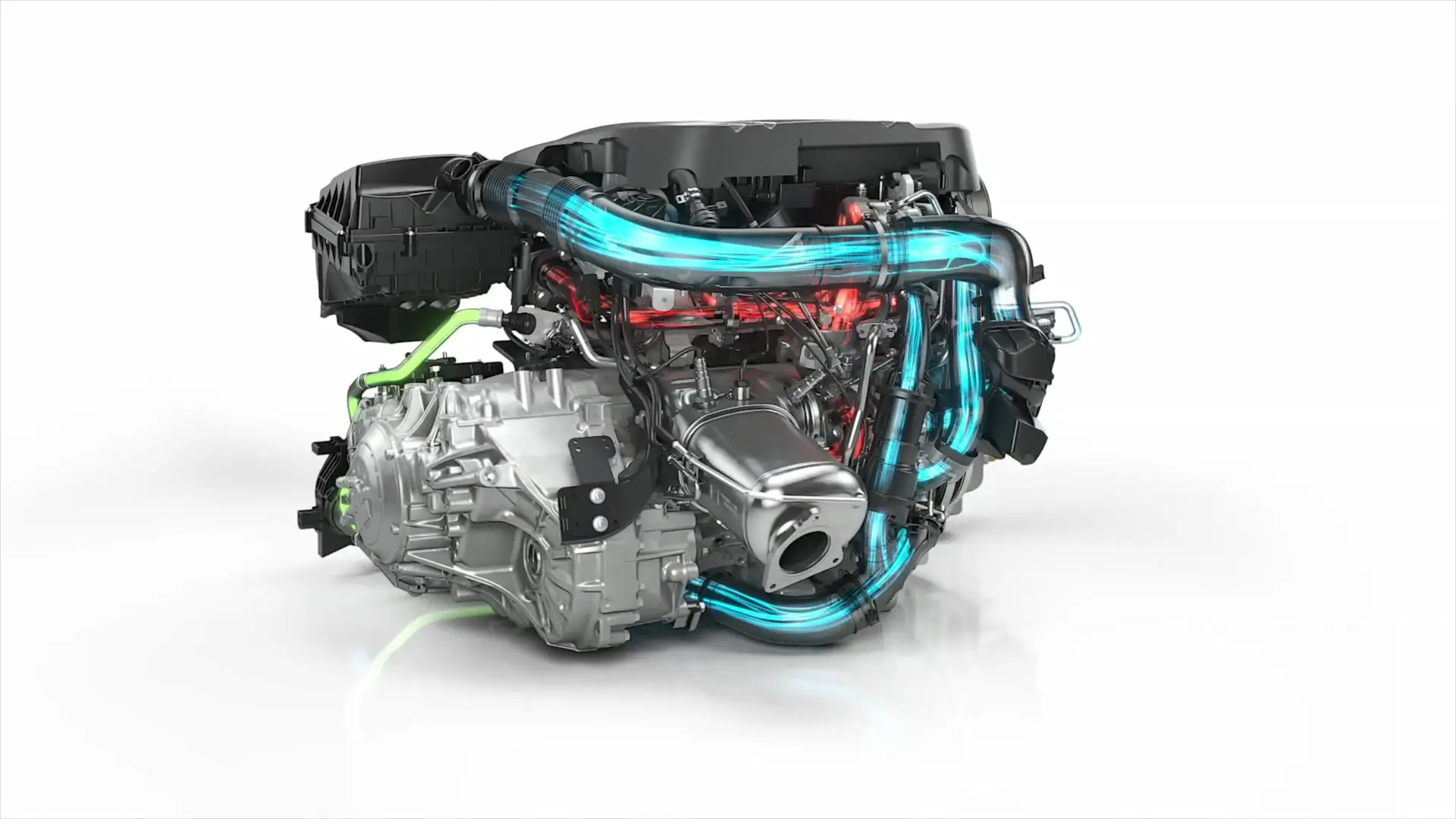
For example, vehicles like the Audi Q5 and Volvo XC90, and even the Land Rover Defender, which once held onto its V8 supercharged version, have phased out mechanical supercharging. By equipping the turbo with an electric motor, the task of driving the turbine blades is handed over to the electric motor, allowing the engine's full power to be delivered directly to the wheels. This not only accelerates the boosting process but also eliminates the need for the engine to sacrifice power for the supercharger, providing a dual benefit of faster response and more efficient power use.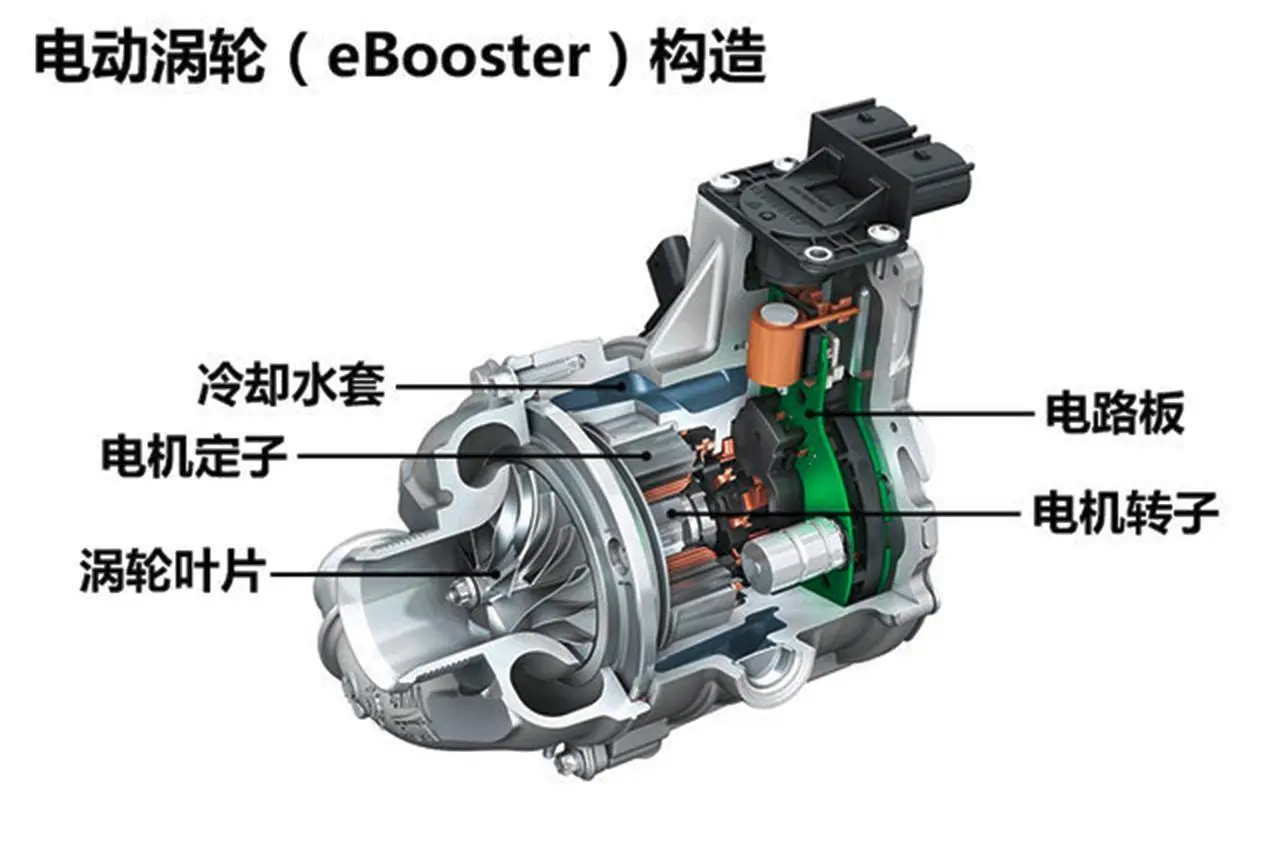
ummary
Currently, supercharged vehicles are becoming increasingly rare on the market. However, there are rumors that the Ford Mustang might feature a 5.2L V8 engine, with supercharging possibly making a comeback. While the trend has shifted towards electric and turbocharging technologies, there is still a possibility for mechanical supercharging to return in specific high-performance models.
Mechanical supercharging, once considered exclusive to top end models, seems to be something few car companies are willing to mention any more, and with the demise of large displacement models, mechanical supercharging may soon be no more.
Post time: Sep-06-2024

